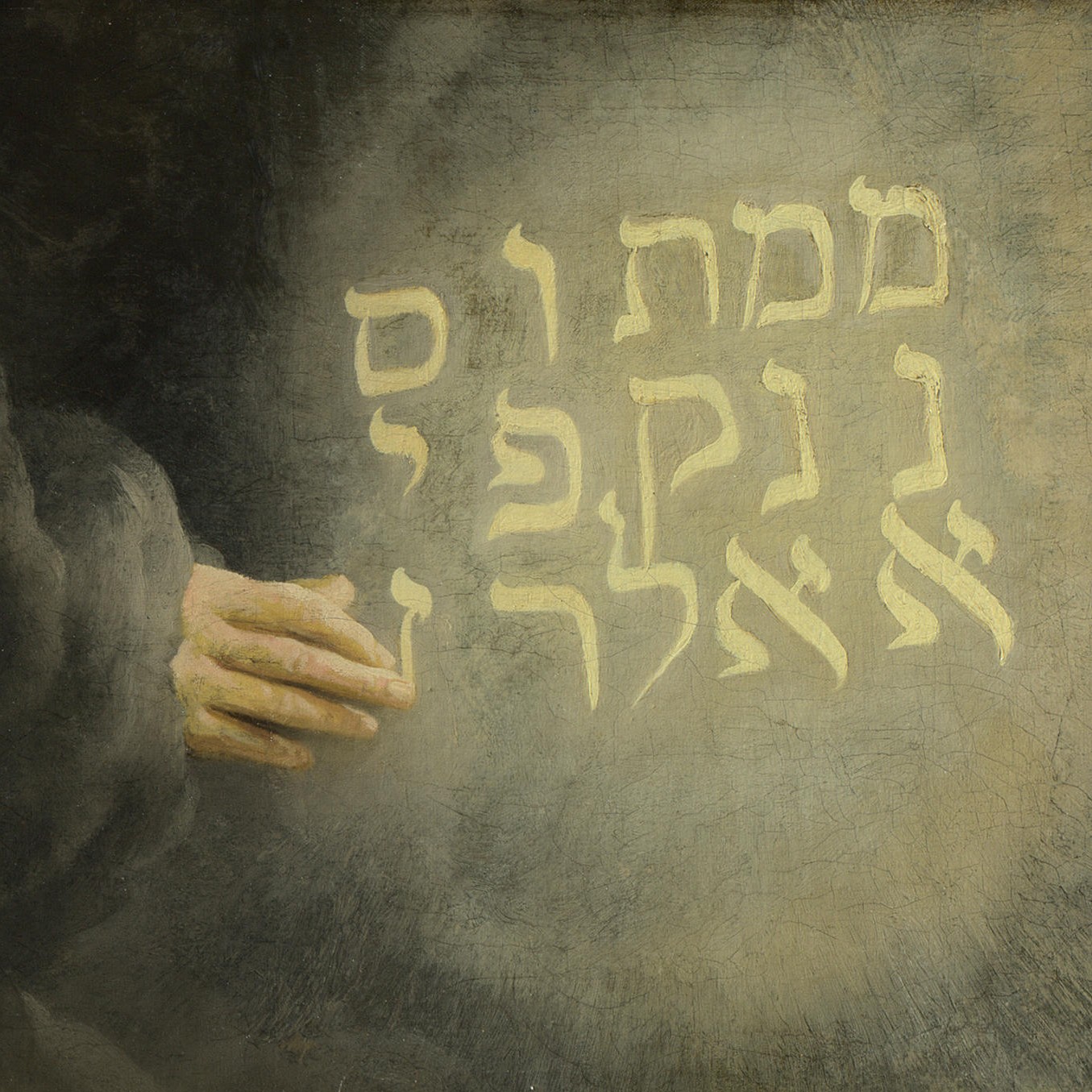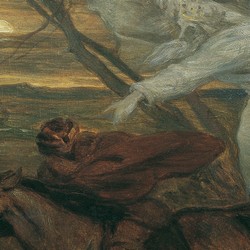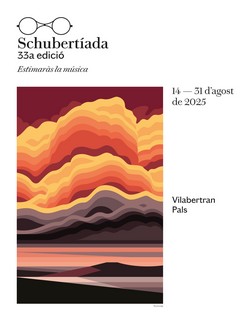- Details

On May 7, 1896, the day he turned sixty-three, Brahms said to the friends that join him to celebrate his birthday that he had given himself something. And he showed them the scores he had just finished, saying: "But this gift is only for me, when you read the texts you will understand why." The next day he changed his mind and told his publisher, Fritz Simrock, that he wanted to publish those little songs (liederchen, he said) and dedicate them to Max Klinger, the artist who had published a book with illustrations inspired in [...]
- Details

On September 3, 1827, Schubert travelled to Graz invited by the Pachlers, a couple very fond of music. He, Karl, was a driving force behind the operatic life in their town; she, Marie, was an excellent pianist, admired by Beethoven. Artists and intellectuals used to gather in their home and many soirées were held during those three weeks Schubert spent with them. He even had time left to compose between parties, above all dance music which was played before the ink was dry, and also some Lieder with poems suggested by the hostess. In fact, that visit to Graz was [...]
- Details

Lied loves forests, meadows, mountains, rivers, the night, the moon, the stars. Lied loves, above anything else, wandering around. Lied loves all these things that have now become an unattainable luxury for all of us. We are in quarantine, at home, with the fridge full of food, all the supplies working, compulsively interacting with our screens. Even in the worst of times, we are the privileged first-world people.
- Details

Thus begins chapter 5 of the Book of Daniel in the Old Testament: with a great feast. Besides the king, of course, the thousand lords, their wives and their concubines drink. And you know how these things work: the king talks more than enough, the lords humour him, the situation goes further and Belshazzar ends up by making two mistakes. The first is quite serious: he commands to bring the golden and silver sacred vessels that his father Nebuchadnezzar took from [...]
- Details

The (musical) man of the year is Ludwig van Beethoven, I think there's little doubt about it; Wherever we look, programmes in halls are full of his works. So often heard many times, that's right, but I must admit that I enjoy them greatly. Oddly enough, some parts of his work are still rather unknown. His Lieder, for example. He wrote about ninety, of which the cycle An die ferne Geliebte is virtually the only one in the repertoire. Some of them remained unpublished during Beethoven's life, they might had been composed for private concerts, and some, for instance the one we're listening this week, left unfinished.













